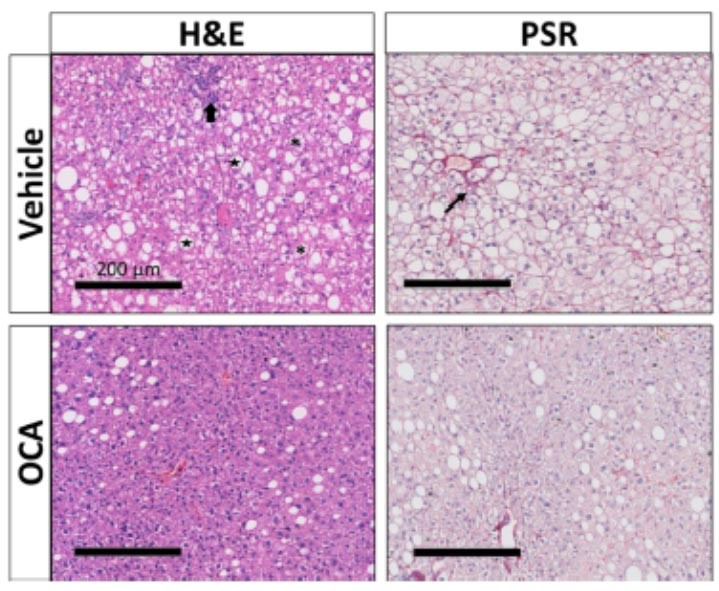- You are here: Home
- Disease Models
- Metabolic Disease Models
Disease Models
- Oncology Models
-
Inflammation & Autoimmune Disease Models
- Rheumatoid Arthritis Models
- Glomerulonephritis Models
- Multiple Sclerosis (MS) Models
- Ocular Inflammation Models
- Sjögren's Syndrome Model
- LPS-induced Acute Lung Injury Model
- Peritonitis Models
- Passive Cutaneous Anaphylaxis Model
- Delayed-Type Hypersensitivity (DTH) Models
- Inflammatory Bowel Disease Models
- Systemic Lupus Erythematosus Animal Models
- Asthma Model
- Sepsis Model
- Psoriasis Model
- Atopic Dermatitis (AD) Model
- Scleroderma Model
- Gouty Arthritis Model
- Carrageenan-Induced Air Pouch Synovitis Model
- Carrageenan-Induced Paw Edema Model
- Experimental Autoimmune Myasthenia Gravis (EAMG) Model
-
Cardiovascular Disease Models
- Surgical Models
- Animal Models of Hypertension
- Venous Thrombosis Model
- Atherosclerosis model
- Cardiac Arrhythmia Model
- Hyperlipoidemia Model
- Doxorubicin-induced Heart Failure Model
- Isoproterenol-induced Heart Failure Model
- Arterial Thrombosis Model
- Pulmonary Arterial Hypertension (PAH) Models
- Heart Failure with Preserved Ejection Fraction (HFpEF) Model
-
Neurological Disease Models
- Alzheimer's Disease Modeling and Assays
- Seizure Models
- Parkinson's Disease Models
- Ischemic Stroke Models
- Acute Spinal Cord Injury (ASCI) Model
- Traumatic Brain Injury (TBI) Model
- Hypoxic-Ischemic Encephalopathy (HIE) Model
- Tourette Syndrome (TS) Model
- Amyotrophic Lateral Sclerosis (ALS) Model
- Huntington's Disease (HD) Model
- Intracerebral hemorrhage (ICH) Models
- Pain Models
- Metabolic Disease Models
- Liver Disease Models
- Rare Disease Models
- Respiratory Disease Models
- Digestive Disease Models
-
Urology Disease Models
- Cisplatin-induced Nephrotoxicity Model
- Unilateral Ureteral Obstruction Model
- 5/6 Nephrectomy Model
- Renal Ischemia-Reperfusion Injury (RIRI) Model
- Diabetic Nephropathy (DN) Models
- Passive Heymann Nephritis (PHN) Model
- Adenine-Induced Chronic Kidney Disease (CKD) Model
- Kidney Stone Model
- Doxorubicin-Induced Nephropathy Model
- Orthopedic Disease Models
- Ocular Disease Models
- Skin Disease Models
- Infectious Disease Models
Metabolic Disease Models
With increasing incidence of metabolic diseases, these diseases have attracted wide attention in the medical field all over the world. It is estimated that about 20-25% of adults in the world suffer from metabolic diseases. Meanwhile, as a syndrome, metabolic diseases have no single cause.
The use of animals in experimentation was and continues to be of great importance in medical research. Animal models of metabolic diseases provide an opportunity to examine correlations among different metabolic parameters. Creative Bioarray provides professional drug testing services using these models.
Methods used to induce diseases in rodents include dietary manipulation, genetic modification, and drugs. Our pharmacology team developed a variety of metabolic disease models based on customer requirements to test the efficiency of drugs. Multiple species are available, such as non-human primates, dogs, mice and rats, rabbits and guinea pigs.
Our portfolio of metabolic disease models covers:
- Type 1 diabetes mellitus model
- Type 2 diabetes mellitus model
- Animal model of hyperuricemia
- Nonalcoholic fatty liver disease (NASH) model
- High fat diet-induced obesity model
- Dyslipidemia
- Obesity
- Organ damage (UUO, CKD)
We provide highly customizable services
- Changing the light/dark cycle
- Individualized sample collection
- Biomarker analysis
assays of multiple cytokines, mRNA, histology and immunohistochemistry
Data & Figures
 Figure1. OCA treatment improves hepatic ballooning in NASH models.
Figure1. OCA treatment improves hepatic ballooning in NASH models.
In addition, our professionals have the expertise and research equipment to study the interaction between microbiome and metabolic diseases, which attribute important new aspects to your drug development research.
Quotation and ordering
We have extensive experience in developing disease models based on scientific publications. To discuss any of these models further or to discuss the possibility of developing alternative models, please do not hesitate to contact us.
Reference
- Wong, S. K., Chin, K.-Y., Suhaimi, F. H. Animal models of metabolic syndrome: a review. Nutr. Metab. 13, (2016).
For research use only. Not for any other purpose.

